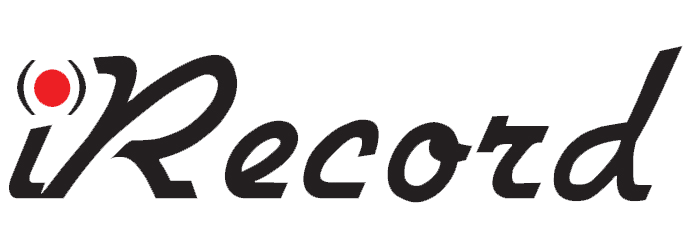Agencies that are thinking of adopting new technology have the right to ask lot of questions. Learning how to use a different system can be frustrating for any police department, and it’s important to make sure you move forward with the right fit for your team. When you work with the right equipment, though, the process can be simple, straightforward, and extremely beneficial for your team and their work to uphold justice.
Support for Recording Interviews
The primary goal of recording interviews is to present the court with the most reliable evidence possible. With audio-visual recordings, agencies have a better method for helping the court make an informed decision on the case. Studying body language during an interview is just as important as analyzing someone’s word choice. But you only get those insights when you have an interview recording—not a transcript. The court also benefits from hearing the tone of voice and different inflections used during the interview. Every detail matters in these conversations. That’s why audio-visual interview recordings are so crucial for our justice system.
A recent report describes how the officers themselves express their support of these equipment setups. Being able to record interviews means they don’t necessarily need to take notes during their dialogue. This then allows them to give more attention to the suspect and have a clearer focus on what’s being said in the moment, as well as how and why.
When the entire interview is recorded from start to finish and safely stored, the agent has endless opportunities to review the suspect’s side of the situation, including any inconsistencies or indications of their innocence. Moreover, the interview evidence also works to protect the agent. Audio-video recordings can help them avoid unnecessary time in court to defend their interrogation practices.
Of course, in order to have these benefits, you need to make sure your interview recording is managed correctly. The steps for securing this type of court-admissible video evidence obviously include using the proper interview recording equipment. But they also rely on the interview room itself.
Meeting Interview Room Compliance
Careful thought must be given to how your agency designs your interview room. It must be professional, yet sparse, and not too big or too small. You will need enough space for two or three chairs (preferably without armrests), as well as a table. From there, you’ll need to review how your interview recording equipment is installed.
The angles of your cameras and microphone placement will greatly impact the quality of your recordings. You can’t afford to have muffled audio or video that hasn’t properly focused on someone’s facial expressions. Additionally, it’s important to have the suspect’s entire body in the frame. All of these factors can impact whether your interview evidence is court-admissible.
With so many considerations, working with an experienced partner can help agencies get their interview room compliant and ready for any case. Your recording equipment, the layout of the space, how you store your video files and share them all need to be user-friendly and streamlined. At iRecord, we do all of that and more.
We pride ourselves on serving those who serve and protect. We’ve taken the time to listen to what matters most for police departments and designed a customizable interview recording system that helps your team do their important work. We are here to help you. Please send us a message to start the conversation on how to get your agency ready for the next big case.
